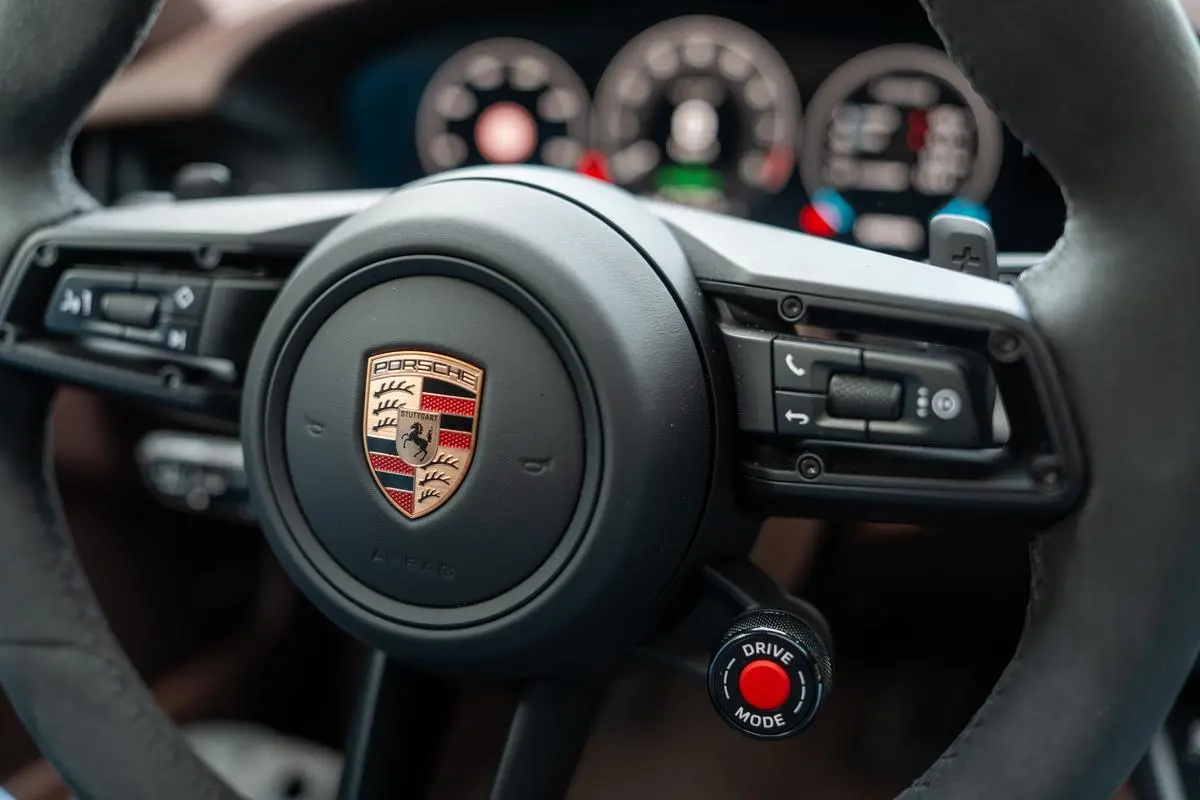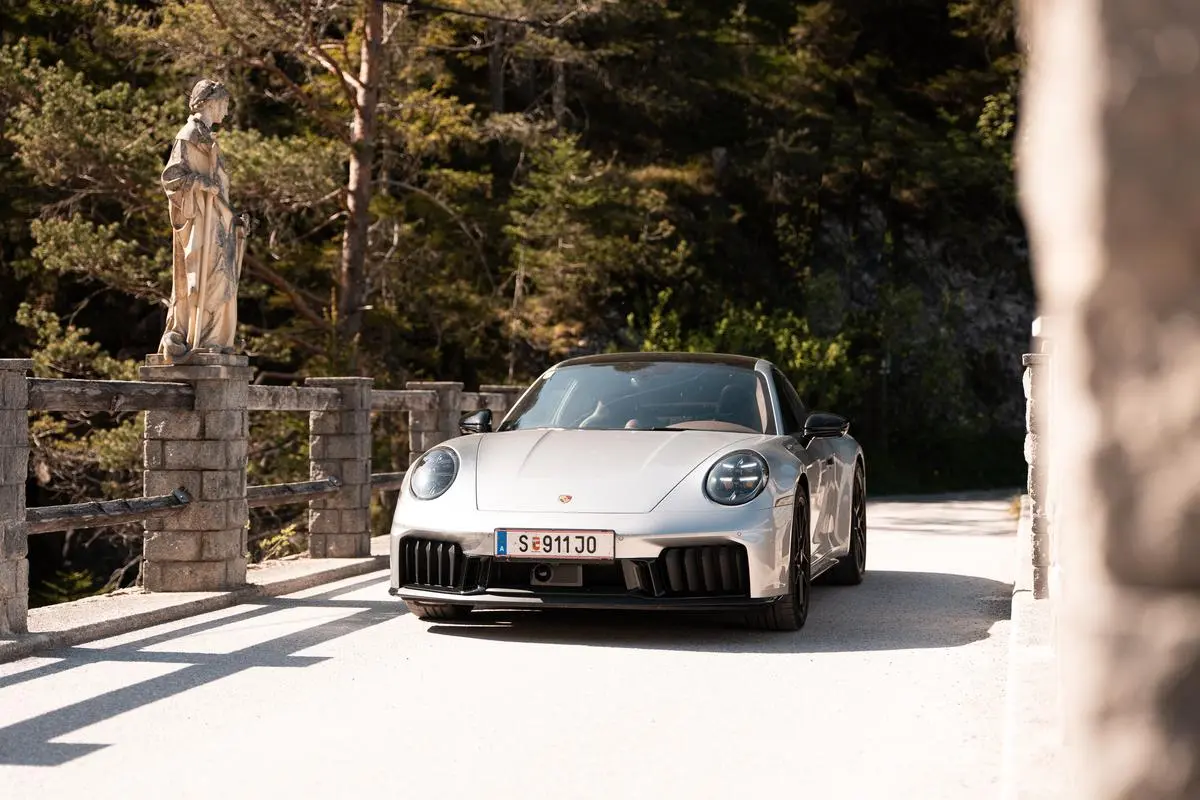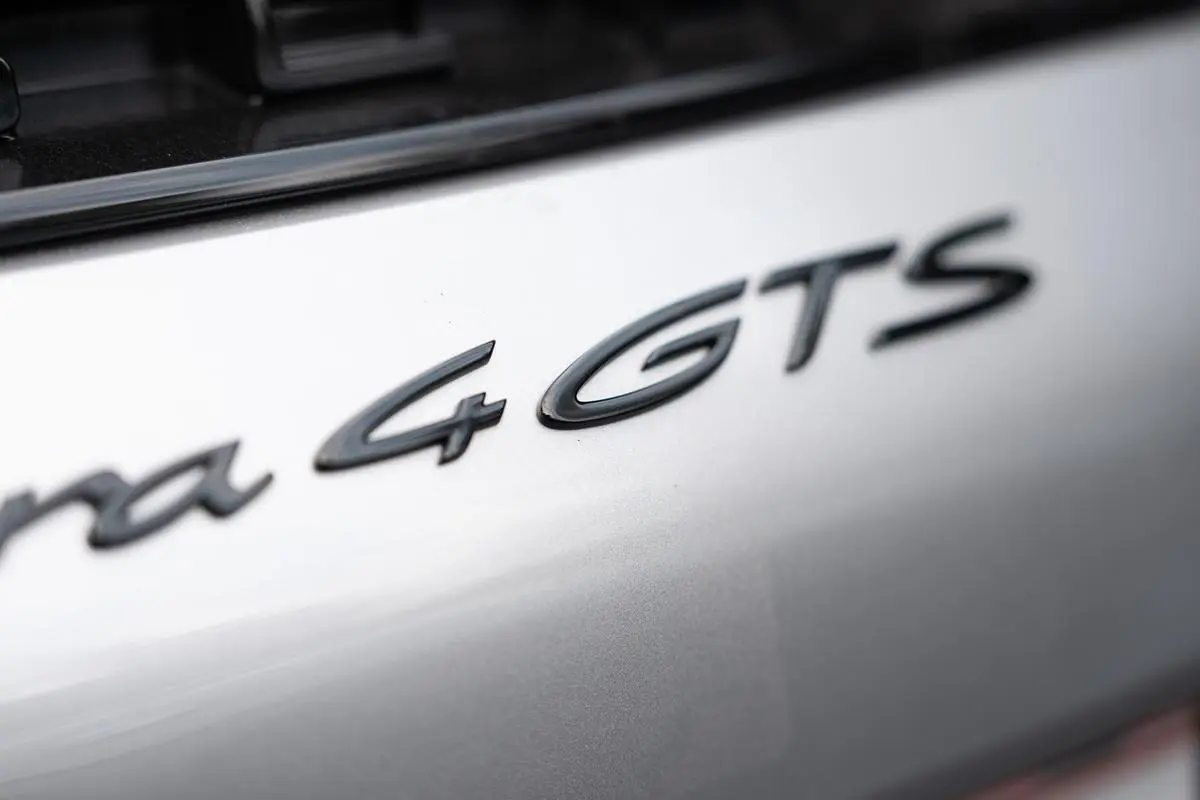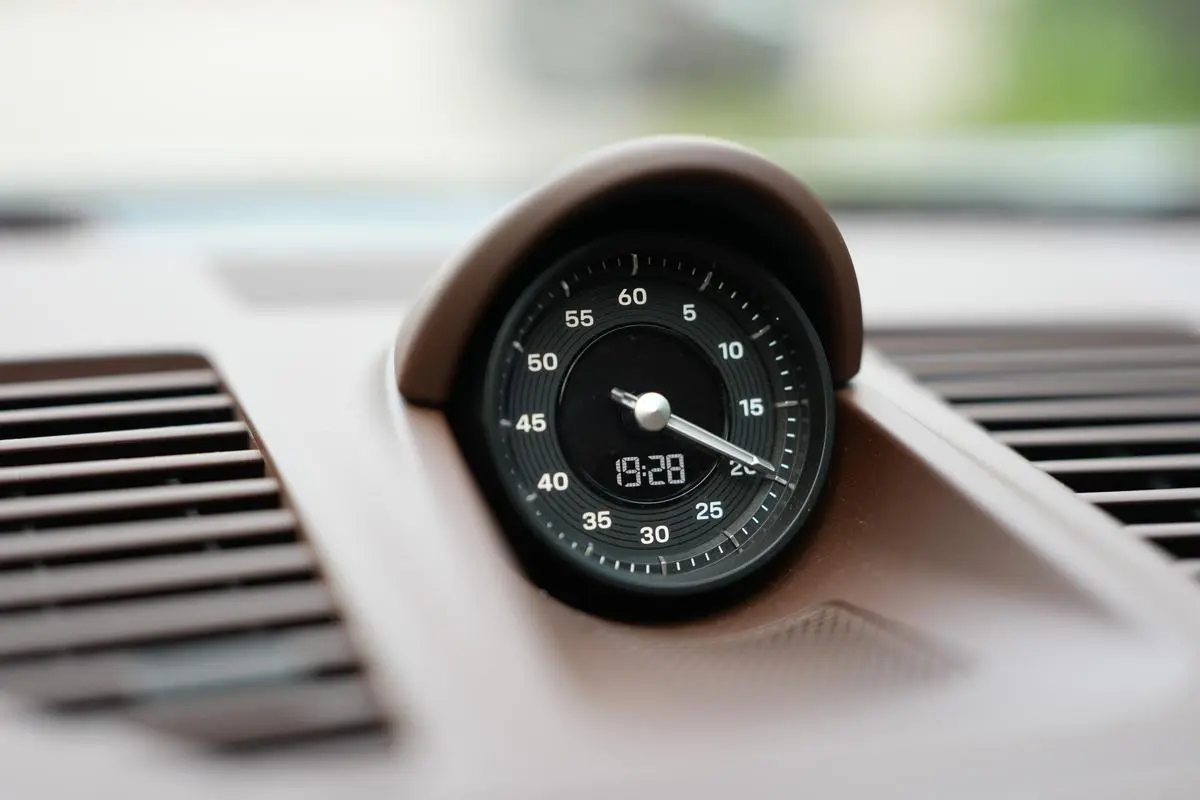A Sony zoom that replaces four focal lengths-Diepresse.com

Zoom lenses have two disadvantages: they are rarely bright and not always convincing. With the 28–70 mm/2, Sony shows that there is another way.
For a long time, Sony lags behind the lenses that it offered for its cameras. Canon and Nikon were able to refer to a wide range of decades. The newcomer Sony first had to develop lenses for its mirrorless cameras that the company has been offering since 2013.
This meant that the cameras were partially ahead of the lenses. For example, the Sony A9, which was presented at the end of 2019 and had an unmatched picture rate of 20 recordings per second. A camera made for sports photographers. Alone: Sony could not offer the standard lenses for this type of photography, a 300 or 400 mm lens with a light intensity 2.8. Photographers had to use Canon lenses via an adapter. In the A7R II, in turn, some lenses could not keep up with the high resolution of the sensor (42.4 megapixels).
« /> Recording with 28 mm and aperture 2. Called
Sony has caught up over the years. Not only that you can now offer 78 lenses with an e-connection-from 600 mm/4 to wide-angle zoom 12–24 mm/2.8. With the G-Master series, the manufacturer also offers lenses with the highest precision, similar to the L series from Canon.
What Sony can do better overall than its competitors: it can build more compact and lighter lenses. It has been proven with the 300/2.8 that weighs only 1.5 kilograms, and now shows it again with the 28–70 mm zoom with a light intensity 2.0.

« /> Recording with focal length 58 mm and aperture 2. Called
Canon is the only other manufacturer to offer such a lens with such a large light intensity. However, the Canon version weighs 1430 grams, the Sony zoom almost a third less-918 grams. The housing of the 28–70/2 is made of plastic, only the bayonet is made of metal.
You notice the difference when you carry the lens on a camera over your shoulder for a whole day. With the Canon profiger device R1, the weight adds up to 2.5 kilograms, at Sony it remains with the counterpart, the Sony A1 II, at 1.7 kilograms.













